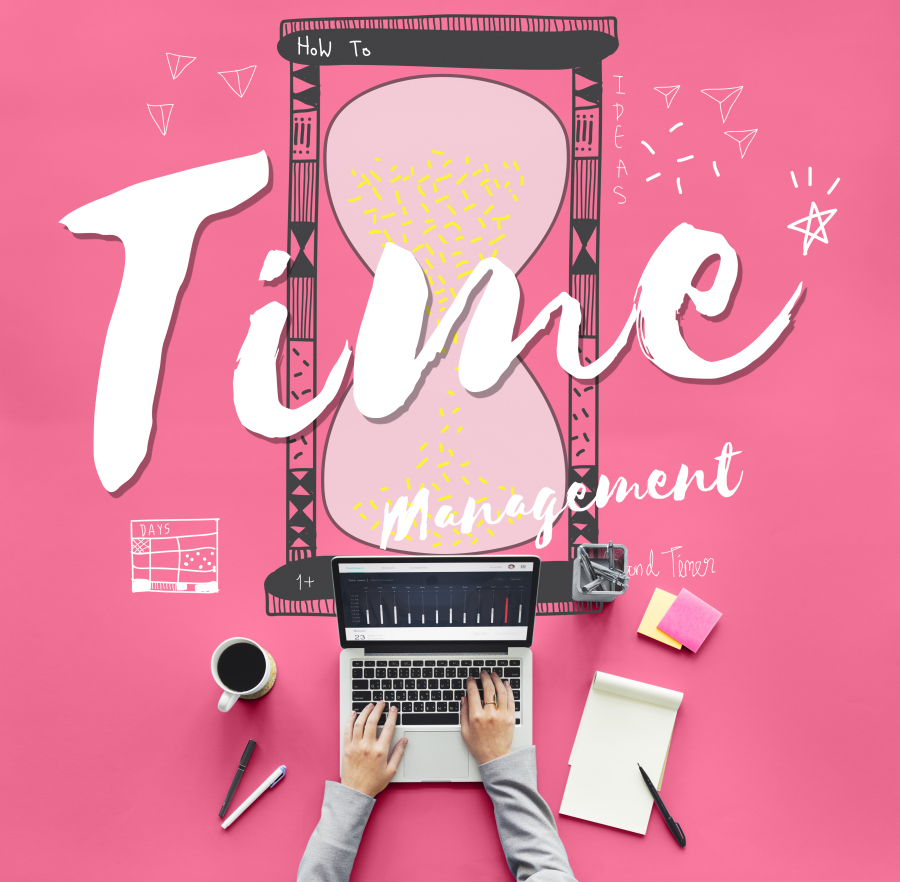How to Work with Freelance Makeup Artists for Shoots
In the world of freelance photography, collaborating with a skilled makeup artist can significantly enhance the quality and professionalism of your shoot. Whether you’re working on fashion, portraits, weddings, or commercial projects, a freelance makeup artist helps bring your creative vision to life. Understanding how to find, hire, and communicate with these professionals is essential for achieving seamless and impactful results. In this guide, we’ll explore actionable strategies for working with freelance makeup artists effectively.
Long Description
1. Why Collaborate with Freelance Makeup Artists?
Hiring a professional freelance makeup artist ensures your models or clients look their best under the camera. Natural beauty can be enhanced and imperfections minimized through proper makeup techniques tailored to lighting, skin tone, and photo style.
Benefits include:
Consistency in appearance throughout the shoot
Professional touch for high-resolution photography
Better output for retouching and editing
Visual storytelling support through themed makeup
Freelance makeup artists are flexible, often more affordable than agency-based options, and willing to travel. Their understanding of trends, tools, and products makes them valuable partners in the freelance creative industry.
2. Where to Find Freelance Makeup Artists
Finding the right makeup artist requires more than a basic Google search. Here are trusted sources:
Social Media Platforms (Instagram, Pinterest, LinkedIn): Use location-based hashtags like #DelhiMakeupArtist or #NYCMUA.
Freelance Marketplaces: Platforms such as Fiverr, Upwork, and Freelancer have portfolios and client reviews.
Local Photography Groups: Join community groups on Facebook or forums to get recommendations.
Modeling Agencies: Sometimes agencies recommend freelance MUAs for collaborations.
Tip: Always review their portfolio and testimonials before reaching out.
3. What to Discuss Before the Shoot
Once you’ve shortlisted a potential makeup artist, initiate communication with clear expectations. Topics to discuss include:
Shoot Concept: Fashion, editorial, bridal, or themed shoot?
Date and Time: Confirm schedules well in advance.
Makeup Requirements: Natural look, glam, character-based, etc.
Skin Types and Tones: Share client/model details for product planning.
Hygiene Standards: Verify cleanliness protocols and product safety.
Touch-Ups: Ask if the artist will stay during the shoot or just prep initially.
Budget: Discuss payment terms, deposits, and travel expenses.
Creating a written agreement or confirmation message helps avoid last-minute confusion.
4. Preparing for the Collaboration
For Photographers:
Share your mood boards and references.
Provide information about lighting setups (natural, studio, backlight).
Ensure a clean and comfortable space for makeup application.
For Makeup Artists:
Arrive with a complete, sanitized kit.
Bring makeup suited for HD cameras and various lighting conditions.
Carry backups for different skin tones and textures.
Prepping ahead saves time and sets a professional tone for the shoot.
5. During the Shoot: How to Work Together Smoothly
Mutual respect and clear communication ensure success on shoot day. Here’s how to maintain a productive dynamic:
Respect Boundaries: Allow the makeup artist space to work without rushing.
Collaborate Creatively: Encourage feedback about lighting, face angles, and touch-ups.
Stay Professional: Stick to the timeline and avoid unnecessary delays.
Document Contributions: Take behind-the-scenes shots of the makeup process for promotion.
Makeup artists are creative professionals. Involve them in visual planning when appropriate—they may offer ideas you hadn’t considered.
6. Post-Shoot Etiquette
After the session is complete, ensure the collaboration ends on a high note:
Provide Timely Payment: Uphold any pre-agreed payment terms.
Give Photo Access: Send final edited images for their portfolio (with watermark if needed).
Tag & Credit: Always tag the makeup artist in social media and publication credits.
Offer Testimonials: A written or public review can help them get more freelance work.
Maintain Contact: Building long-term creative relationships benefits both parties.
Strong post-shoot etiquette reinforces your professional brand.
7. Tips for Freelancers Collaborating Repeatedly
Building long-term partnerships with reliable freelance makeup artists offers multiple advantages:
You understand each other’s work rhythm.
There’s less need to explain your vision each time.
Trust grows, leading to better collaboration and creativity.
To maintain these relationships:
Book them in advance for important gigs.
Offer referrals or shoutouts when possible.
Adjust rates when budgets allow to support their growth as freelancers too.
8. Common Challenges and How to Overcome Them
Challenge 1: Mismatch in Styles
Solution: Share detailed mood boards and conduct a pre-shoot discussion.
Challenge 2: Last-minute cancellations
Solution: Keep a backup list and always confirm a few days prior.
Challenge 3: Lighting issues affecting makeup appearance
Solution: Let the makeup artist preview your setup and test products beforehand.
Challenge 4: Product allergies or model skin sensitivity
Solution: Ask models to disclose sensitivities, and makeup artists to carry hypoallergenic options.
9. Building Your Network with Freelance Makeup Artists
Networking with makeup artists expands your professional circle and unlocks new opportunities:
Collaborative Shoots: Plan styled shoots together for mutual portfolio growth.
Workshops & Events: Co-host events to attract clients or teach beginners.
Instagram Lives or Reels: Collaborate for live makeup tutorials with your photography insights.
Referral Programs: Offer each other client referrals and bundle packages.
10. Final Thoughts
Successful freelance photography often relies on the synergy between visual experts—including makeup artists. Working with a skilled freelance MUA enhances your creative output, improves client satisfaction, and streamlines your shoot process. Clear communication, mutual respect, and professional ethics are the keys to making these collaborations long-lasting and profitable.


 by Emily
by Emily




